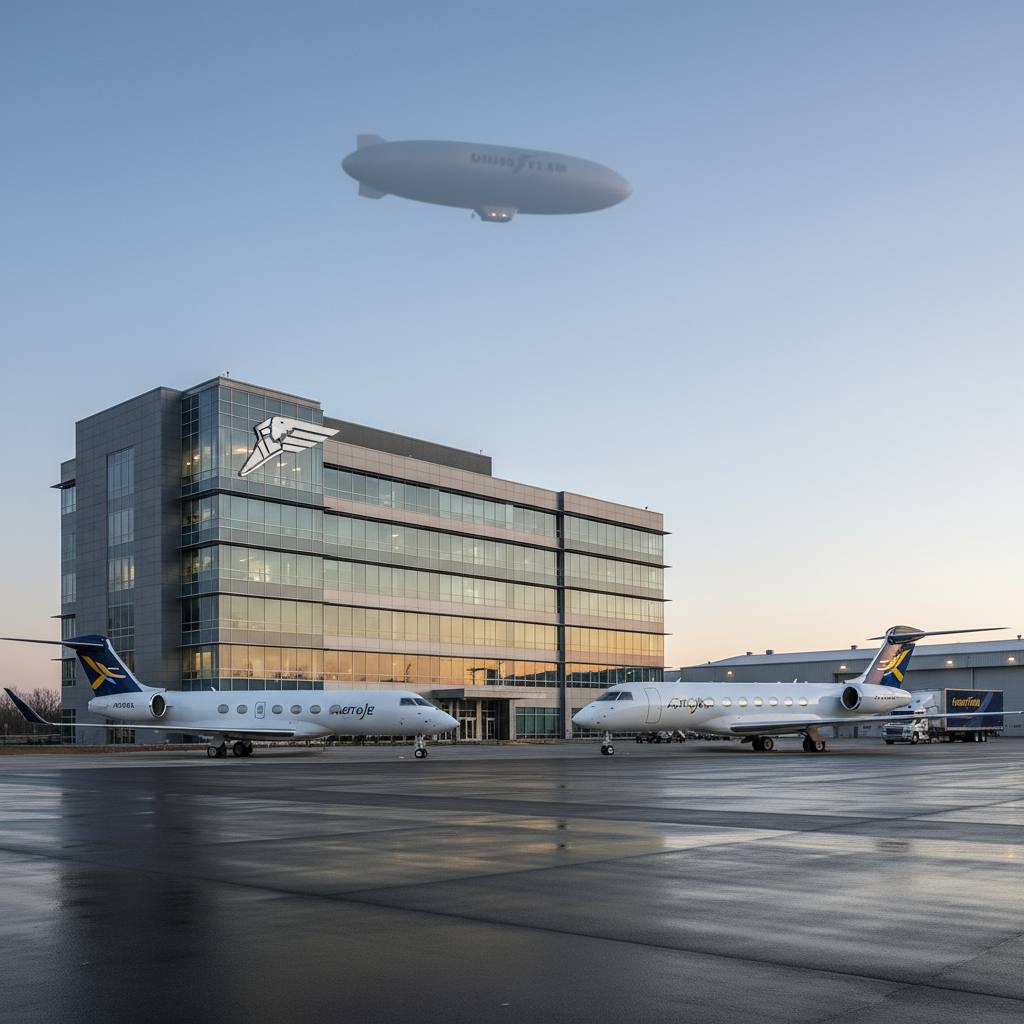Physical Address
304 North Cardinal St.
Dorchester Center, MA 02124
Physical Address
304 North Cardinal St.
Dorchester Center, MA 02124
Global aviation news tracker
Global aviation news tracker

Goodyear aviation now reports to a single global leader to speed product development and customer support.
Goodyear Tire & Rubber Company announced a reorganization that brings its aviation operations under one worldwide structure, covering commercial airlines, military fleets and private aircraft operators. Joe Burke was appointed vice president, Global Aviation, effective November 1, 2025, and will lead strategy and execution across the business.
The change is designed to sharpen focus on engineering excellence, continuous improvement and faster rollout of advanced aircraft tire solutions. Goodyear’s aviation portfolio already serves airlines, defence fleets and corporate jet operators; centralizing leadership aims to streamline R&D priorities, supply-chain coordination and aftermarket support.
Under Burke’s remit, the company will align product development with evolving customer needs — from high-cycle commercial narrowbodies to heavy-military platforms and business jets. While Goodyear did not disclose model-specific programs in its announcement, the shift signals a push for closer collaboration between testing, qualification and field support teams.
The new structure also positions Goodyear to respond faster to industry trends such as increased sortie rates for military operators, higher utilization of narrowbody and widebody airliners, and the growing business aviation market. By consolidating governance, the company can prioritize investments that reduce turn times, improve durability and support operators worldwide.
For customers, the immediate benefit should be clearer points of contact and more consistent global standards for maintenance and lifecycle support. For the market, the move underlines Goodyear’s intent to remain a leading supplier of aviation tires and related services as fleet sizes and operational tempos evolve.